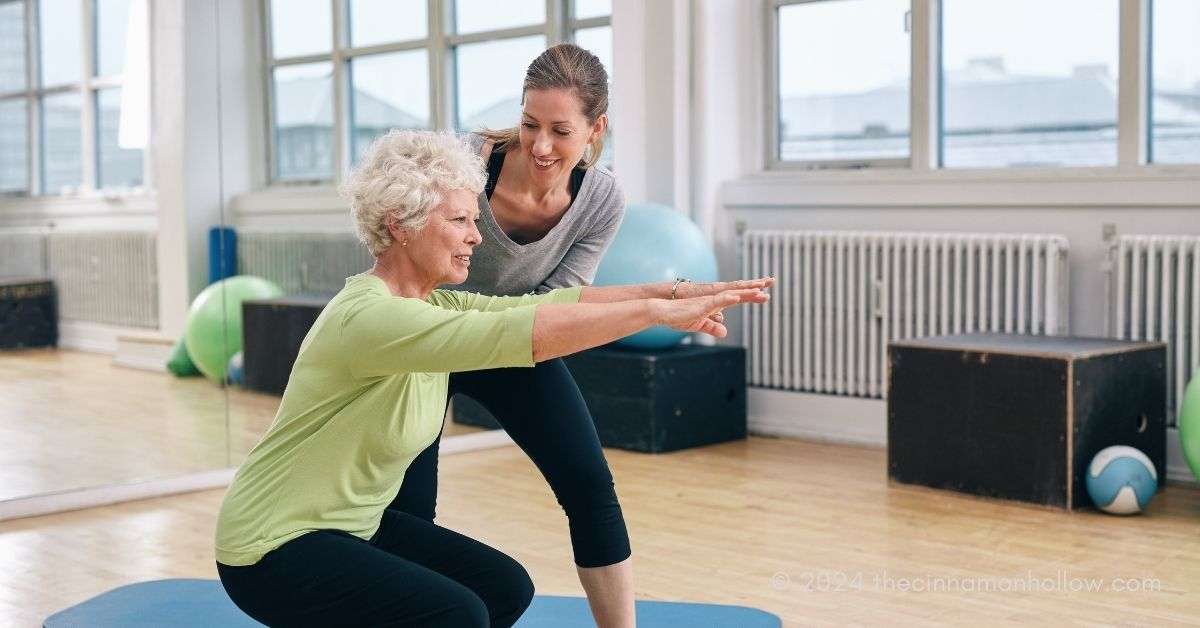We often associate the term ‘personal training’ with high-intensity workouts, sculpted bodies, and the youth-centric fitness world. However, have you pondered on the idea that personal training can, and indeed should, be just as focused on the health and vitality of seniors as it is on any other age group? This comprehensive guide unlocks the potential of tailored personal training for our elders, revealing not just the benefits, but also the holistic approach to health and wellness that is within reach at any age.
Understanding a Senior’s Unique Needs
Seniors are not a homogenous group. They’re as diverse as the colors in a painter’s palette, each with their own set of joys, stories, and, of course, health requirements. Therefore, personal training for seniors transcends the one-size-fits-all approach. It’s about acknowledging their unique health history, capabilities, and personal goals.
Crafting the Ideal Regimen
With that said, personal training for seniors isn’t just going to the gym and doing limited workouts. When crafting a personal training regimen for seniors, trainers set realistic goals based on the activity level and health status of each individual.
It’s a collaborative process, a partnership between trainer and trainee that emphasizes the long-term benefits of consistent, gradual progress. Incorporating elements of balance and strength training can aid in fall prevention, a significant concern for the elderly, while also improving bone health and overall well-being.
A session might involve resistance exercises using bands or light dumbbells to build muscle, which can otherwise be weaned away by the sedentary lifestyles that often accompany the golden years. Cardio workouts might include walking, stationary cycling, or even chair-based exercises for those with mobility challenges. Furthermore, yoga and Pilates can offer profound benefits by enhancing both physical and mental balance, flexibility, and relaxation.
Mental and Emotional Wellness: The Overlooked Components
Oftentimes, the focus on senior health leans heavily on the physical aspects, neglecting the equally important mental and emotional dimensions. Personal trainers need to be adept at recognizing signs of stress, anxiety, or depression that can often surface in the elderly due to factors such as social isolation, health issues, or loss.
Socially Integrated Programs
Incorporating group exercises and community programs can tackle isolation head-on, fostering social connections that are proven to contribute to longer and happier lives. These environments encourage not just physical activity, but also camaraderie and emotional support that can work wonders on mental health.
Nutrition as a Cornerstone of Personal Training
Physical activity is just one part of the equation. Nutrition plays an equally vital role in the health of seniors. Personal trainers with a focus on senior wellness often serve as guides, equipping older adults with the knowledge to make healthy dietary choices that complement their fitness routines.
Sufficient intake of protein is essential to maintain muscle mass and aid in recovery after exercise. Calcium and Vitamin D become paramount for bone strength, whereas fiber can help combat constipation, a common issue in aging.
Adopting a Wholesome Approach
A whole food, plant-rich diet could be the compass pointing towards longevity. By steering away from processed foods and emphasizing the consumption of fruits, vegetables, whole grains, and lean proteins, seniors can rejuvenate their bodies from the inside out. Hydration is just as critical, especially as aging diminishes the body’s sensation of thirst, leaving many seniors unknowingly dehydrated.
Holistic Health and Preventive Care
Preventive care should be the guiding principle in senior personal training. Working closely with healthcare professionals, trainers can identify areas of concern and tailor exercises to enhance joint mobility, manage chronic conditions, and improve overall quality of life.
Building a Routine of Success
The success of a personal training program for seniors lies in its consistency. By helping seniors integrate exercise into their daily routine, trainers set the stage for lasting benefits. Even simple home workouts or neighborhood walks can make a significant impact when undertaken consistently over time.
Conclusion
Every step taken, every stretch made, and every meal planned as part of the senior personal training experience is a testament to the unwavering strength that comes with age. It’s a declaration that health and vitality can be achieved, that the golden years can truly be the best years, and that personal training is a powerful ally in this noble pursuit.


